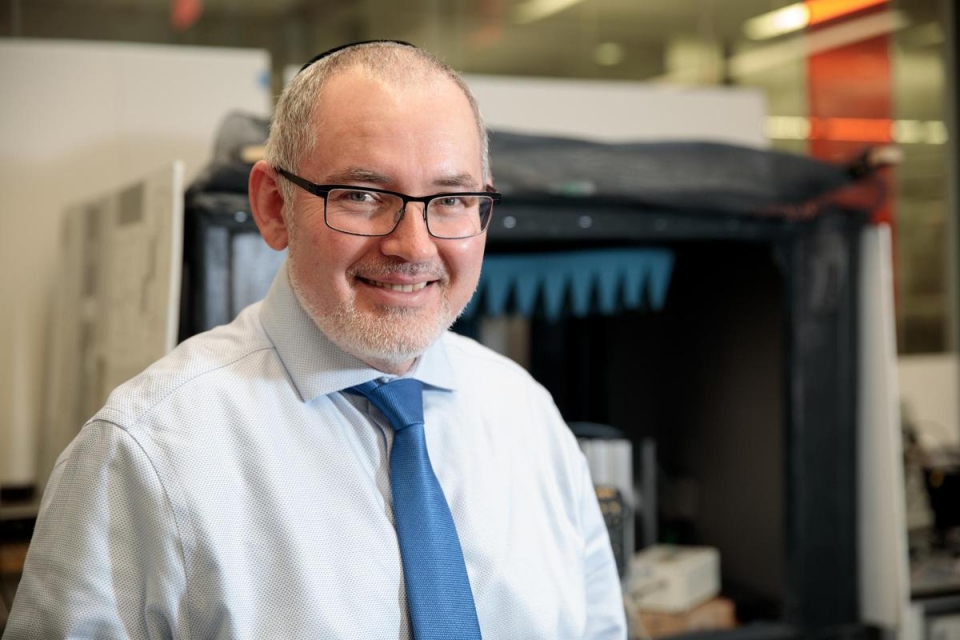Reducing the toxicity of existing cancer treatments continues to be a high-priority healthcare objective. A pioneer in cold plasma research and the A. James Clark Professor in Engineering, Michael Keidar has demonstrated the benefits of cold atmospheric plasma (CAP) devices in achieving this goal. Through a pre-clinical model of various cancer types tested in both in-vitro and in-vivo studies, it was revealed that cold plasma kills cancer cells highly selectively.
However, the challenge of optimizing plasma chemistry for specific targets remains. Keidar aims to solve this issue for cancer treatment in his upcoming project, “In situ OH and H202 imaging measurements in helium-air cold atmospheric plasma for machine learning optimization as an essential part of adaptive plasma for biomedical applications.” In this project, supported by a $100,000 grant from the U.S. Department of Energy, he will work to optimize plasma for aiming at a specific type of cancer cell to maximize the ratio of normal cell viability over the cancer cell ones using machine learning (ML).
“CAP produces a level of reaction chemistry and unique chemical composition similar to endogenous reactive oxygen and reactive nitrogen cell chemistry,” Keidar stated. “Combining these species in various controlled blends provides an unprecedented possibility to activate specific signaling pathways in cells and tissues.”
All optimizations are based on the understanding and control of the CAP chemistry, making measuring the composition of the plasma vital. In this project, Keidar and co-PI Dr. Li Lin will focus specifically on the two key reactive species, OH and H202, which he will measure the spatial and temporal evolution of in a plasma jet impinging on a common cell medium using laser-induced fluorescence (LIF) and photofragmentation laser-induced fluorescence (PF-LIF) at the Plasma Research Facility of Sandia National Laboratories. The concentrations of each species will be measured at different heights above the liquid surface with a range of helium-air ratios and discharge voltages of the CAP.
The compositions determined using LIF and PF-LIF will validate the chemistry models and support the ML control of the plasma since it will also verify the artificial intelligence is working accurately. These experimental results will be coupled with modeling of the plasma composition at these same conditions to develop accurate ML algorithms for adaptive control of key species in biomedical treatments. Ultimately, Keidar and Lin say this research project will lead to ML-based personalized CAP treatment of various diseases such as cancer.


